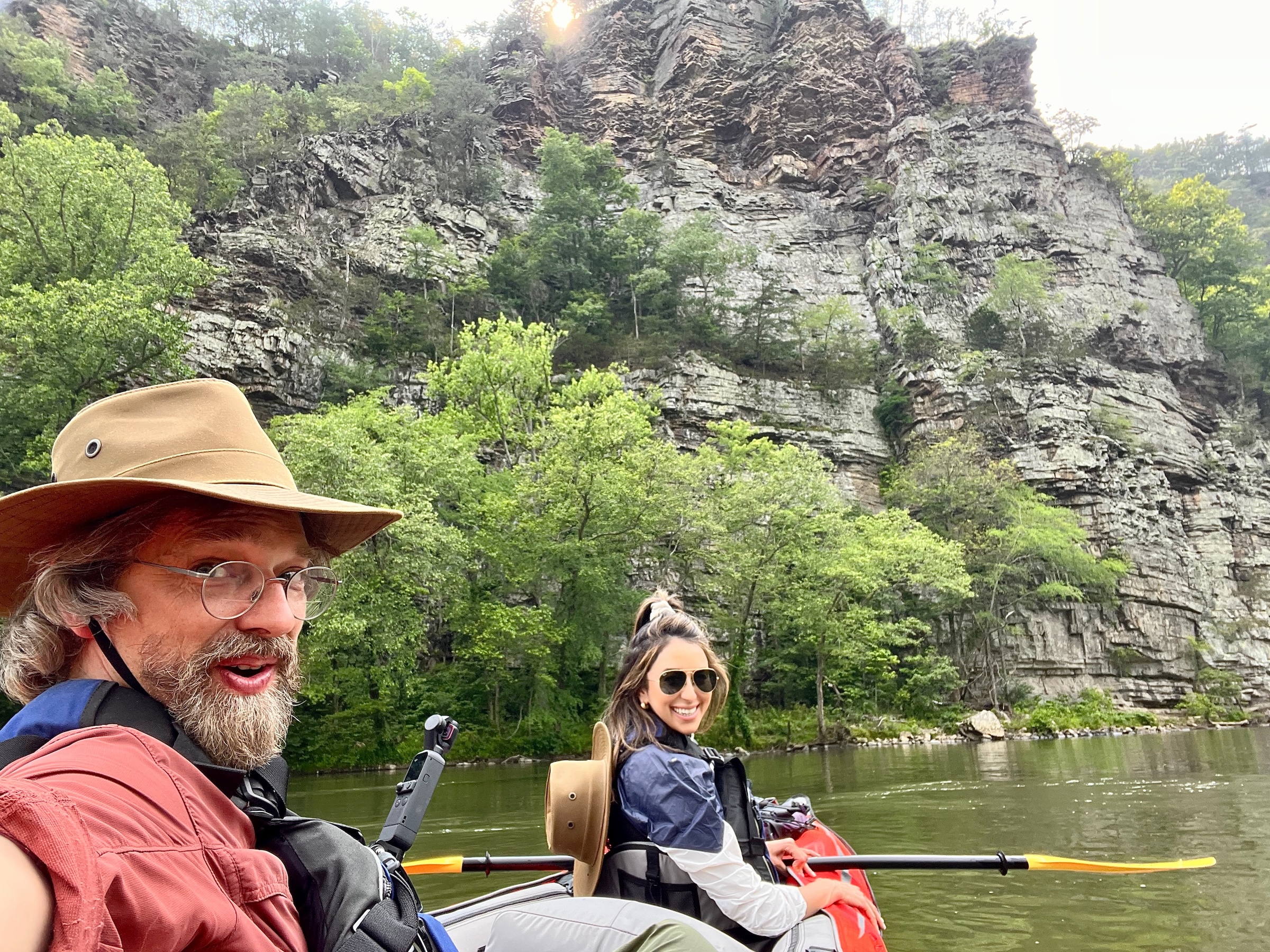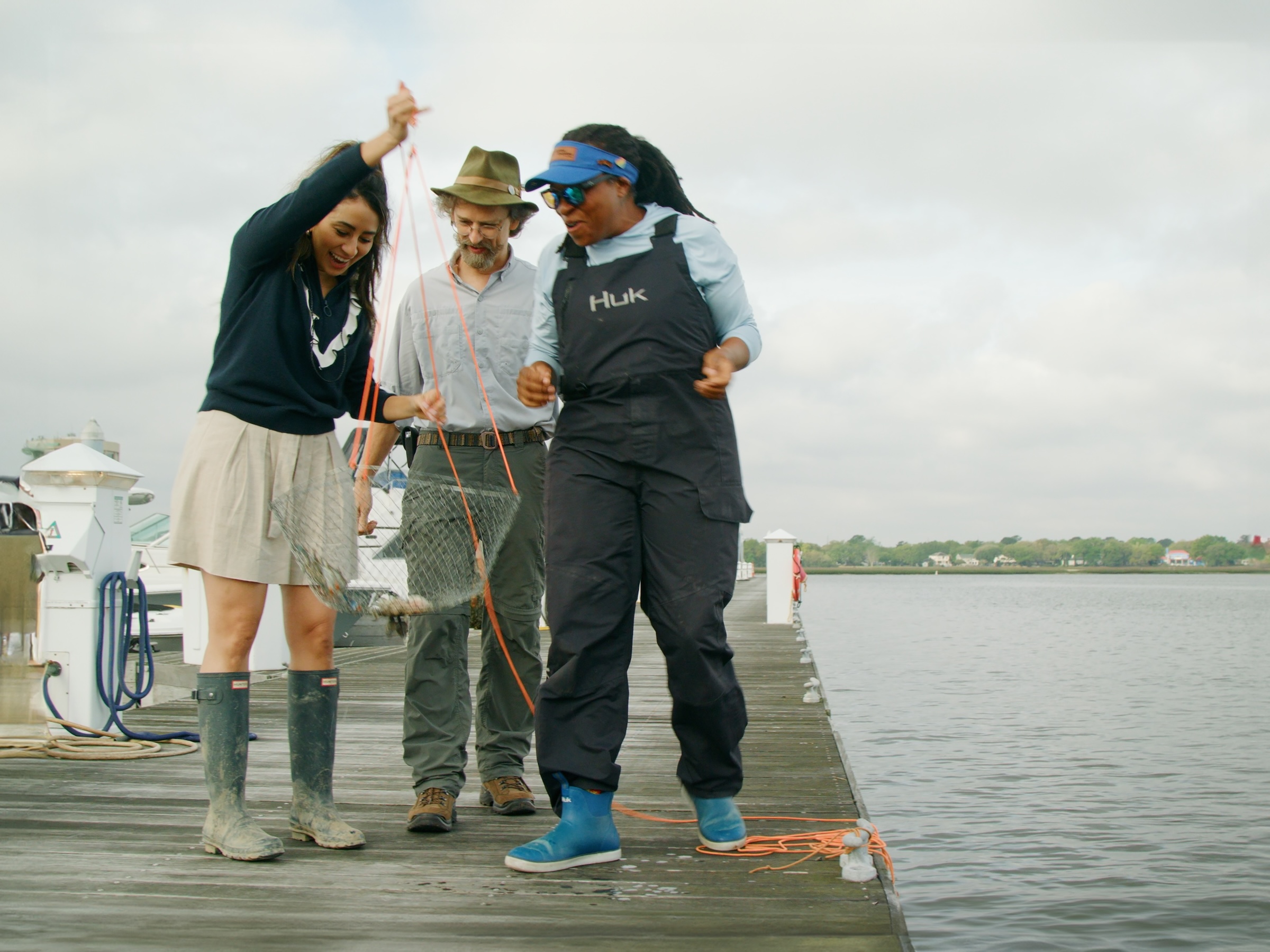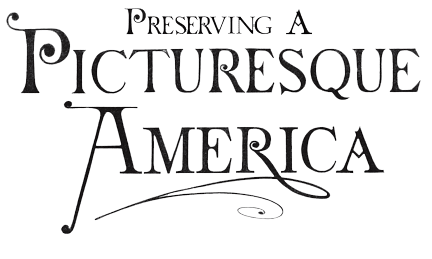 By Stephanie Allen Special to Free Times
By Stephanie Allen Special to Free Times
Feb 22, 2024
To South Carolina native Scott “Doc” Varn, cutting an image out of a book is an inexcusable offense. His nonprofit, Preserving a Picturesque America, wouldn’t exist without this so-called act of sacrilege.
A printmaker by trade, Varn happened upon an engraving at an auction that illustrated a spot he had hiked in the mountains. After purchasing the piece, he discovered the print to be a page from the eponymous publication, “Picturesque America.”
Originally published as a magazine series before becoming a subscription book in 1872, Picturesque America questioned what would become of the nation’s “unspoiled landscapes” — landscapes that, roughly 150 years later, Varn knew all too well.
With the support of his nonprofit and local artists, Varn aims to find the exact spots documented in Picturesque America and illustrate what the landscapes look like today.

Doc Varn and Sophia Michelen stop for a selfie while kayaking on the French Broad River in North Carolina – Courtesy of World Life Productions
Some are nearly unrecognizable — a magnolia forest and plantation homes replaced with stinking oil refineries, cypress forests completely leveled. Varn still documents what is, despite jarring shifts from what was.
”Sometimes the unfortunate story is as important as the story of success,” Varn said.
Modern landscapes aren’t the only challenge to finding the exact locations depicted in Picturesque America. Nondescript captions can offer little guidance to pinpointing a spot along the French Broad River, for example. Travel logs aid in determining the original artist’s route, and Varn employs the help of historians to learn more about where roads, inns and trails once were.
“It’s such an honor to be walking in their footsteps,” Varn said, “but even more so to be painting in their brushstrokes.”
Thinking like an artist has also added to Varn’s success in finding these landscapes. Not the first to take on the endeavor of rediscovering these locations, many gave up because, according to Varn, they thought like photographers.
”You don’t just go to the edge of a cliff and take a shot. You gotta be comfortable.” Varn said. “Is your paper gonna be blown while you’re trying to do a sketch? Where’s the sun during this time?”
Varn found some locations simply by seeking shade and looking for the only tree over 300 years old. Sometimes, the mere two foot drop of sitting down to work puts the entire composition into frame.
Ultimately, PBS caught wind of the project. Sophia Michelen, a photojournalist fondly described as Varn’s “city mouse” complement, serves as cohost on the show, “America: The Land We Live in.”
Michelen focuses on the human component of the project. While many illustrations in “Picturesque America” only feature landscapes, some capture people of yore’s daily lives. These depictions, according to Michelen, connect people to nature.
“It builds on the narrative of the culture around them,” Michelen told Free Times. “And it also makes it more relatable, even though it’s 150 years ago.”
While the pair have only been offered a pilot episode thus far, Varn considers it an opportunity to bring more awareness to the project.

Sophia Michelen and Doc Varn try their hands at crabbing Lowcountry style with expert Tia Clark on the Ashley River in Charleston, South Carolina – Courtesy of World Life Productions
In addition to documenting the changes to the landscape of the United States, Varn’s nonprofit, Preserving a Picturesque America, works to raise funds for preservation. Once Varn tracks down a location, local artists are invited to “paint outs” to depict the modern-day site.
These pieces then go to auction where the proceeds directly benefit preservation efforts for the site. Additionally, one piece per location will be voted on to represent today’s picturesque America in a book that documents both the process of relocating the spot and the history that lies in the 150-year gap between the original publication and modernity.
While he’s found more than 310 of the nearly 1,000 “vantage points” in “Picturesque America,” Varn considers this a lifelong project. After 14 years in the works, he prioritizes the areas that need support.
”If there’s a place that has not been ruined by the hand of man, are we good stewards?” Varn questioned. “Or are we going to essentially destroy it in the name of progress?”
